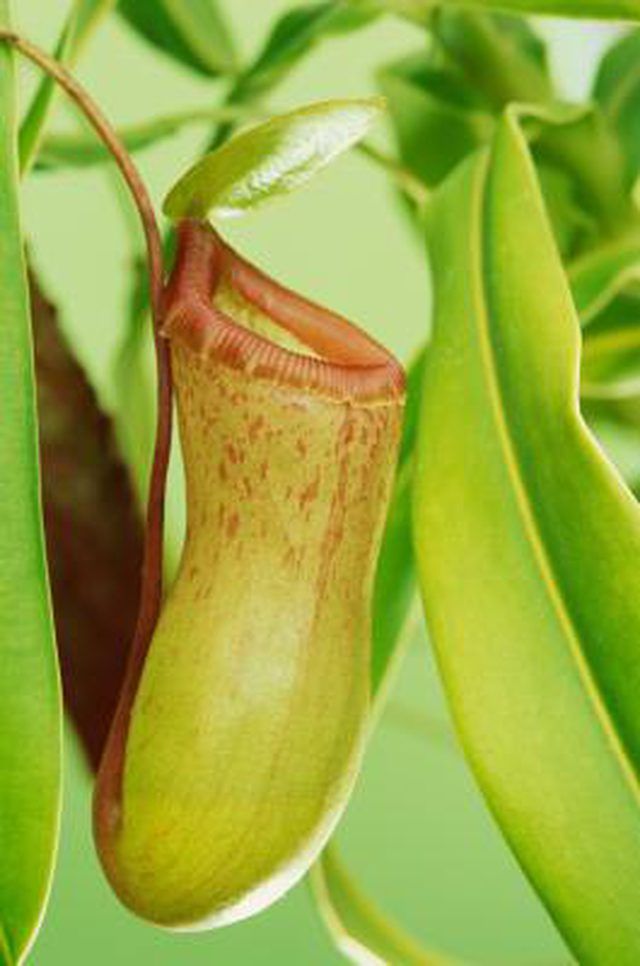Bulbs
Flower Basics
Flower Beds & Specialty Gardens
Flower Garden
Garden Furniture
Garden Gnomes
Garden Seeds
Garden Sheds
Garden Statues
Garden Tools & Supplies
Gardening Basics
Green & Organic
Groundcovers & Vines
Growing Annuals
Growing Basil
Growing Beans
Growing Berries
Growing Blueberries
Growing Cactus
Growing Corn
Growing Cotton
Growing Edibles
Growing Flowers
Growing Garlic
Growing Grapes
Growing Grass
Growing Herbs
Growing Jasmine
Growing Mint
Growing Mushrooms
Orchids
Growing Peanuts
Growing Perennials
Growing Plants
Growing Rosemary
Growing Roses
Growing Strawberries
Growing Sunflowers
Growing Thyme
Growing Tomatoes
Growing Tulips
Growing Vegetables
Herb Basics
Herb Garden
Indoor Growing
Landscaping Basics
Landscaping Patios
Landscaping Plants
Landscaping Shrubs
Landscaping Trees
Landscaping Walks & Pathways
Lawn Basics
Lawn Maintenance
Lawn Mowers
Lawn Ornaments
Lawn Planting
Lawn Tools
Outdoor Growing
Overall Landscape Planning
Pests, Weeds & Problems
Plant Basics
Rock Garden
Rose Garden
Shrubs
Soil
Specialty Gardens
Trees
Vegetable Garden
Yard Maintenance
How to Repot a Pitcher Plant
How to Repot a Pitcher Plant. The pitcher plant is one of the most interesting and colorful of the carnivorous plants. As a result, it has become a popular indoor plant. But over time, the pitcher plant's potting medium, which is made primarily of sphagnum moss, will shrink and compress. Fresh potting medium will improve air circulation to the...

The pitcher plant is one of the most interesting and colorful of the carnivorous plants. As a result, it has become a popular indoor plant. But over time, the pitcher plant's potting medium, which is made primarily of sphagnum moss, will shrink and compress. Fresh potting medium will improve air circulation to the roots, resulting in a hardier, healthier plant. Repot your pitcher plant every two years to keep it looking its robust best.
Things You'll Need
Pot with drainage hole
Peat moss
Sphagnum moss
Charcoal
Coarse sand
Distilled water
Hold the pitcher plant in a clean planting container, and fill the container with freshly mixed potting medium. To make the potting medium, combine two parts damp peat moss and two parts clean sphagnum moss with one part washed charcoal and one part clean, coarse sand. Be sure the planting container has a drainage hole in the bottom.
Jiggle the pot gently to settle the potting medium around the pitcher plant. Don't tamp the potting medium with your fingers, because doing so will compress the medium around the plant's root system.
Water the pitcher plant thoroughly to settle the potting medium; allow the water to run through the drainage hole. After the initial watering, keep the potting medium damp, but never allow the pot to remain in standing water. Use distilled water to water the pitcher plant, because tap water contains salts and minerals that eventually will damage the plant.
Put the pitcher plant in filtered or dappled light. Avoid putting the plant directly in a hot window.
Tips & Warnings
Avoid planting your pitcher plant in a clay pot; opt for plastic or ceramic pots instead. Salts and minerals build up faster in clay.